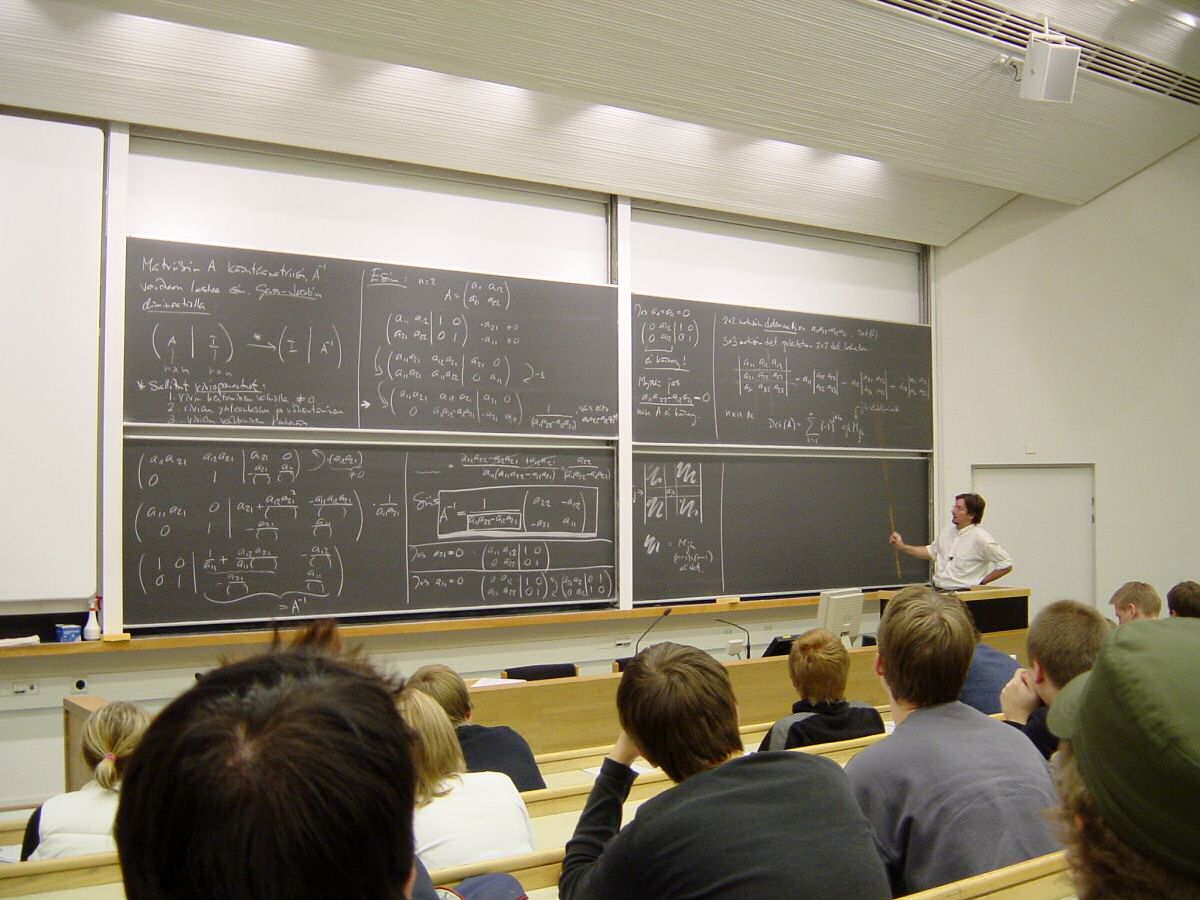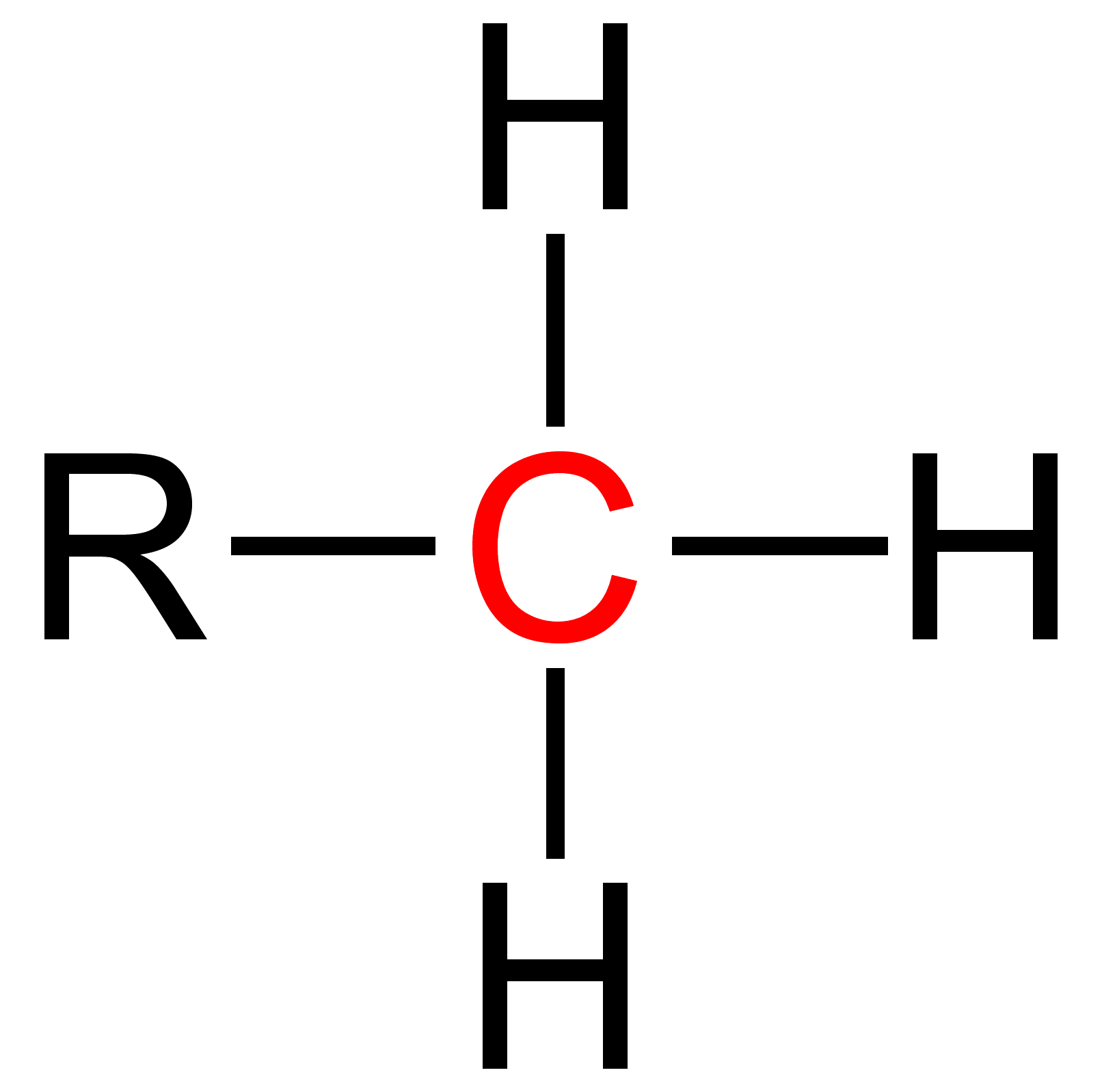|
Tertiary
Tertiary (from Latin, meaning 'third' or 'of the third degree/order..') may refer to: * Tertiary period, an obsolete geologic period spanning from 66 to 2.6 million years ago * Tertiary (chemistry), a term describing bonding patterns in organic chemistry * Tertiary care, specialized consultative healthcare * Tertiary color, a color made up by mixing one primary color with one secondary color, in a given color space * Tertiary consumer, in ecology * Tertiary education, educational levels following the completion of secondary education such as university or trade school * Tertiary feathers or tertials, feathers attached to humerus or inner portion of the wings of birds * Tertiary sector of the economy, or the service sector * Tertiary source, in research * Tertiary stress, a proposed level of stress in phonetics * In biochemistry, the tertiary structure of a protein is its overall shape, also known as its fold * Tertiary, a member of a third order religious group See also * ... [...More Info...] [...Related Items...] OR: [Wikipedia] [Google] [Baidu] |
Tertiary Period
The Tertiary ( ) is an obsolete Period (geology), geologic period spanning 66 million to 2.6 or 1.8 million years ago. The period began with the extinction of the non-bird, avian dinosaurs in the Cretaceous–Paleogene extinction event, at the start of the Cenozoic, Cenozoic Era, and extended to the beginning of the Quaternary glaciation at the end of the Pliocene, Pliocene Epoch. The Tertiary has not been recognised by the International Commission on Stratigraphy (ICS) since the late 1980s, with the timespan of the Tertiary now being split in to the earlier Paleogene and the more recent Neogene periods, though the Tertiary continues to be used in some scientific publications. Historical use of the term The term Tertiary was first used by Giovanni Arduino (geologist), Giovanni Arduino during the mid-18th century. He classified geologic time into primitive (or primary), secondary, and tertiary periods based on observations of geology in Northern Italy. Later a fourth period, t ... [...More Info...] [...Related Items...] OR: [Wikipedia] [Google] [Baidu] |
Tertiary Education
Tertiary education (higher education, or post-secondary education) is the educational level following the completion of secondary education. The World Bank defines tertiary education as including universities, colleges, and vocational schools. ''Higher education'' is taken to include undergraduate and postgraduate education, while vocational education beyond secondary education is known as ''further education'' in the United Kingdom, or included under the category of ''continuing education'' in the United States. Tertiary education generally culminates in the receipt of Academic certificate, certificates, diplomas, or academic degrees. Higher education represents levels 5, 6, 7, and 8 of the ISCED#2011 version, 2011 version of the International Standard Classification of Education structure. Tertiary education at a nondegree level is sometimes referred to as further education or continuing education as distinct from higher education. UNESCO stated that tertiary education focu ... [...More Info...] [...Related Items...] OR: [Wikipedia] [Google] [Baidu] |
Tertiary Source
A tertiary source is an index or textual consolidation of already published primary and secondary sourcesPrimary, secondary and tertiary sources. ". University Libraries, University of Maryland. Retrieve 07/26/2013 that does not provide additional interpretations or analysis of the sources.Tertiary sources ". James Cook University. Some tertiary sources can be used as an aid to find key (seminal) sources, key terms, general [...More Info...] [...Related Items...] OR: [Wikipedia] [Google] [Baidu] |
Tertiary Care
Health care, or healthcare, is the improvement or maintenance of health via the prevention, diagnosis, treatment, amelioration or cure of disease, illness, injury, and other physical and mental impairments in people. Health care is delivered by health professionals and allied health fields. Medicine, dentistry, pharmacy, midwifery, nursing, optometry, audiology, psychology, occupational therapy, physical therapy, athletic training, and other health professions all constitute health care. The term includes work done in providing primary care, secondary care, tertiary care, and public health. Access to health care may vary across countries, communities, and individuals, influenced by social and economic conditions and health policies. Providing health care services means "the timely use of personal health services to achieve the best possible health outcomes". Factors to consider in terms of health care access include financial limitations (such as insurance coverage), ... [...More Info...] [...Related Items...] OR: [Wikipedia] [Google] [Baidu] |
Tertiary Color
A secondary color is a color made by mixing two primary colors of a given color model in even proportions. Combining two secondary colors in the same manner produces a tertiary color. Secondary colors are special in traditional color theory, but have no special meaning in color science. Overview Primary color In traditional color theory, it is believed that all colors can be mixed from 3 universal primary - or pure - colors, which were originally believed to be red, yellow and blue pigments (representing the RYB color model). However, modern color science does not recognize universal primary colors and only defines primary colors for a given color model or color space. RGB and CMYK color models are popular color models in modern color science, but are only chosen as efficient primaries, in that their combination leads to a large gamut. However, any three primaries can produce a viable color gamut. The RYB model continues to be used and taught as a color model for practical ... [...More Info...] [...Related Items...] OR: [Wikipedia] [Google] [Baidu] |
Tertiary Structure
Protein tertiary structure is the three-dimensional shape of a protein. The tertiary structure will have a single polypeptide chain "backbone" with one or more protein secondary structures, the protein domains. Amino acid side chains and the backbone may interact and bond in a number of ways. The interactions and bonds of side chains within a particular protein determine its tertiary structure. The protein tertiary structure is defined by its atomic coordinates. These coordinates may refer either to a protein domain or to the entire tertiary structure. A number of these structures may bind to each other, forming a quaternary structure. History The science of the tertiary structure of proteins has progressed from one of hypothesis to one of detailed definition. Although Emil Fischer had suggested proteins were made of polypeptide chains and amino acid side chains, it was Dorothy Maud Wrinch who incorporated geometry into the prediction of protein structures. Wrinch demon ... [...More Info...] [...Related Items...] OR: [Wikipedia] [Google] [Baidu] |
Tertiary (chemistry)
Tertiary is a term used in organic chemistry to classify various types of compounds (e. g. alcohols, alkyl halides, amines) or reactive intermediates (e. g. alkyl radicals, carbocations). See also * Primary (chemistry) Primary is a term used in organic chemistry to classify various types of compounds (e.g. alcohols, alkyl halides, amines) or reactive intermediates (e.g. alkyl radicals, carbocations). {{clear See also * Secondary (chemistry) * Tertiary (che ... * Secondary (chemistry) * Quaternary (chemistry) References {{Navbox stereochemistry Chemical nomenclature ... [...More Info...] [...Related Items...] OR: [Wikipedia] [Google] [Baidu] |
Tertiary Sector Of The Economy
The tertiary sector of the economy, generally known as the service sector, is the third of the three economic sectors in the three-sector model (also known as the economic cycle). The others are the primary sector (raw materials) and the secondary sector (manufacturing). The tertiary sector consists of the provision of Service (economics), services instead of Product (business), end products. Services (also known as "Intangible good, intangible goods") include attention, advice, access, experience and affective labour. The tertiary sector involves the provision of services to other businesses as well as to final consumers. Services may involve the transport, distribution (economics), distribution and sale of goods from a producer to a consumer, as may happen in wholesaler, wholesaling and retailer, retailing, pest control or financial services. The goods may be transformed in the process of providing the service, as happens in the restaurant industry. However, the focus is ... [...More Info...] [...Related Items...] OR: [Wikipedia] [Google] [Baidu] |
Tertiary Feathers
Flight feathers (''Pennae volatus'') are the long, stiff, asymmetrically shaped, but symmetrically paired pennaceous feathers on the wings or tail of a bird; those on the wings are called remiges (), singular remex (), while those on the tail are called rectrices ( or ), singular rectrix (). The primary function of the flight feathers is to aid in the generation of both thrust and lift, thereby enabling flight. The flight feathers of some birds perform additional functions, generally associated with territorial displays, courtship rituals or feeding methods. In some species, these feathers have developed into long showy plumes used in visual courtship displays, while in others they create a sound during display flights. Tiny serrations on the leading edge of their remiges help owls to fly silently (and therefore hunt more successfully), while the extra-stiff rectrices of woodpeckers help them to brace against tree trunks as they hammer on them. Even flightless birds still reta ... [...More Info...] [...Related Items...] OR: [Wikipedia] [Google] [Baidu] |
Ternary (other)
Ternary (from Latin ''ternarius'') or trinary is an adjective meaning "composed of three items". It can refer to: Mathematics and logic * Ternary numeral system, a base-3 counting system ** Balanced ternary, a positional numeral system, useful for comparison logic * Ternary logic, a logic system with the values ''true'', ''false'', and some other value * Ternary plot or ternary graph, a plot that shows the ratios of three proportions * Ternary relation, a finitary relation in which the number of places in the relation is three * Ternary operation, an operation that takes three parameters * Ternary function, a function that takes three arguments Computing * Ternary signal, a signal that can assume three significant values * Ternary computer, a computer using a ternary numeral system * Ternary tree, a tree data structure in computer science **Ternary search tree, a ternary (three-way) tree data structure of strings * Ternary search, a computer science technique for finding the ... [...More Info...] [...Related Items...] OR: [Wikipedia] [Google] [Baidu] |
Secondary (other)
Secondary may refer to: Science and nature * Secondary emission, of particles ** Secondary electrons, electrons generated as ionization products * The secondary winding, or the electrical or electronic circuit connected to the secondary winding in a transformer * Secondary (chemistry), a term used in organic chemistry to classify various types of compounds * Secondary color, color made from mixing primary colors * Secondary mirror, second mirror element/focusing surface in a reflecting telescope * Secondary craters, often called "secondaries" * Secondary consumer, in ecology * An antiquated name for the Mesozoic in geosciences * Secondary feathers, flight feathers attached to the ulna on the wings of birds Society and culture * Secondary (football), a position in American football and Canadian football * Secondary dominant in music * Secondary education, education which typically takes place after six years of primary education ** Secondary school, the type of school at th ... [...More Info...] [...Related Items...] OR: [Wikipedia] [Google] [Baidu] |
Tertiary Consumer
The trophic level of an organism is the position it occupies in a food web. Within a food web, a food chain is a succession of organisms that eat other organisms and may, in turn, be eaten themselves. The trophic level of an organism is the number of steps it is from the start of the chain. A food web starts at trophic level 1 with primary producers such as plants, can move to herbivores at level 2, carnivores at level 3 or higher, and typically finish with apex predators at level 4 or 5. The path along the chain can form either a one-way flow or a part of a wider food "web". Ecological communities with higher biodiversity form more complex trophic paths. The word ''trophic'' derives from the Greek τροφή (trophē) referring to food or nourishment. History The concept of trophic level was developed by Raymond Lindeman (1942), based on the terminology of August Thienemann (1926): "producers", "consumers", and "reducers" (modified to "decomposers" ... [...More Info...] [...Related Items...] OR: [Wikipedia] [Google] [Baidu] |





